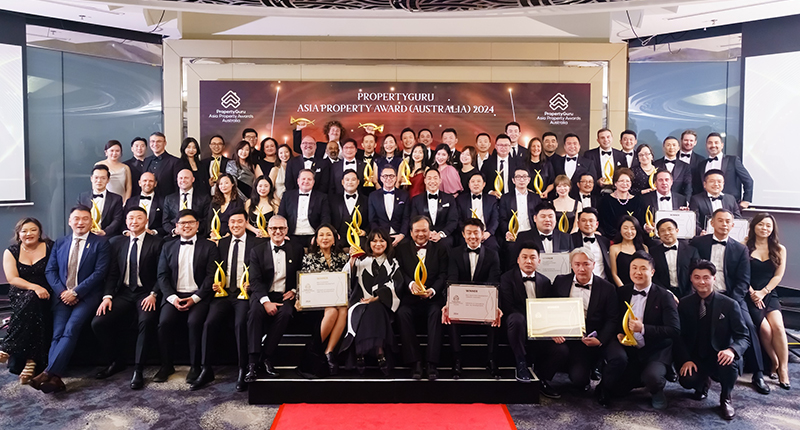- How do you digitally transform a massive, 600-office commercial property business?
- Savills managed this process during the pandemic, and have come out the other side
- The use of various modules greatly improved staff productivity and well-being
Much has been written about the changes wrought by the Covid pandemic. Some of these changes were happening anyway, and were only accelerated by the ensuing disruption.
For example, one wonders how many people will actually come back to their offices 100% of the time, once we are well clear and ahead of the virus. Perhaps we will never get back to 100%, with flexible, 3-4 days a week in the office being here to stay.
Some of the changes have only highlighted existing inadequacies relating to how traditional commercial property management services operate.
Savills, ripe for change
The global commercial property business Savills was established in London by Alfred Savill in 1855.
It now operates from more than 600 offices across the Americas, Europe, Asia Pacific, Africa and the Middle East. They are substantially larger than 90% of managing agencies in Australia.
David Watson, the national general manager for asset management, Savills Australia, decided to use the Covid situation to drive change in his organisation.
When Mr Watson joined Savills in 2019 – a year before the pandemic – it was clear that Savills needed to be able to adapt to changes. Like many large firms, the organisation had rigid structures and duplicated data that obstructed growth.
“We were managing hundreds of properties and doing everything manually – we were stretched to the limit,” said Mr Watson.
When the pandemic hit, the traditional management tool added more strain to the workload. This resulted in the team restructuring the way of working to remain relevant.
“The first thing we did was listen to our key clients and internal staff to understand what was working and what we needed to improve on,” he said.
Adding communication between the team and clients also helped Savills identify roadblocks in their workflow and make a more informed decision on what technology offerings they can use to get the best outcome with their processes.
A ‘single source of truth’
Central to Savills’ strategy was their expanding use of MRI Software’s open platform, which allowed them to connect staff, customers, suppliers and partners.
With the system, Savills could add new technology that supported the ongoing innovation of the business while combining multiple solutions into a single “Source of Truth”.
Facilities Management
One of most important additions integrated by a partner of Savills was the facilities management module. Savills was able to work to restructure their way of operating, enabling contractors to input invoice information in configurable fields which then fed directly to the platform.
Budgeting and Forecasting
A budgeting and forecasting module allowed them to quickly pull all their outgoings and reconciliations data, produce dynamic and accurate budgets and forecasts, and eliminate manual data entry.
Saving time
The company also implemented e-Forms, using dropdowns and autofill features, they saved time in form completion and their accountants could approve them with a single click.
That made quite a difference when you consider they process 44,000 forms a year. Mr Watson estimated about 30% reduction in staff hours by using e-Forms in processing client requests.
Improved productivity and well-being
The improved productivity was also reflected in the employee’s overall well-being and effectiveness. By automating admin tasks, the staff can contribute to more high-value work without wasting their time on manual tasks.
“The past two years have been a bit of a rollercoaster. But now we’re in a great position to give our customers the tools they need to be successful,” said Mr Watson.
“All of our technology is connected, we’ve got a great selection of tools in our toolbox, and we know that we can keep building on that with new apps.”
Businesses facing the challenge of having to do a lot more to stay ahead of change can look to technology to assist. So many people have had nightmares in digital transformation, but it need not be a bad experience.








